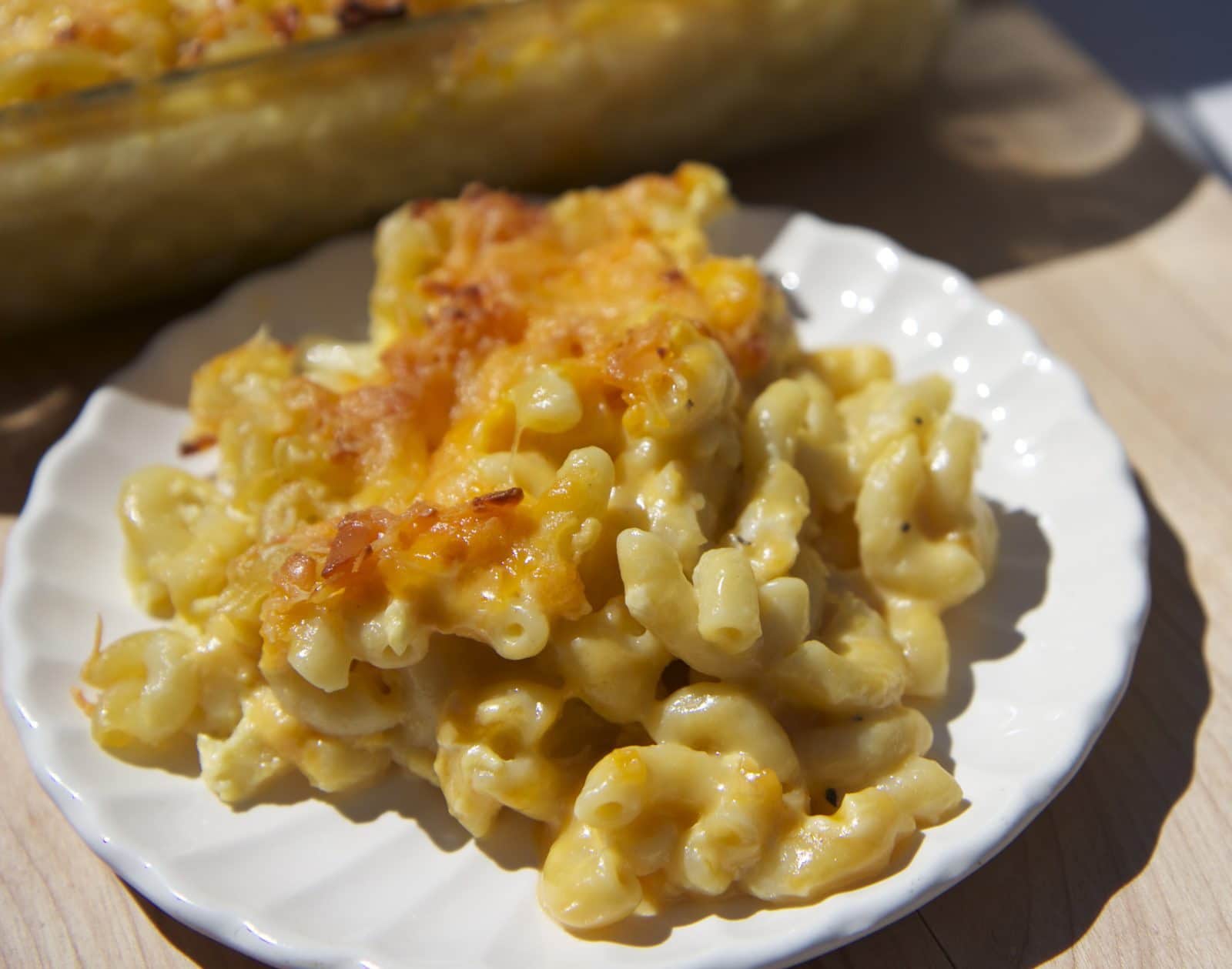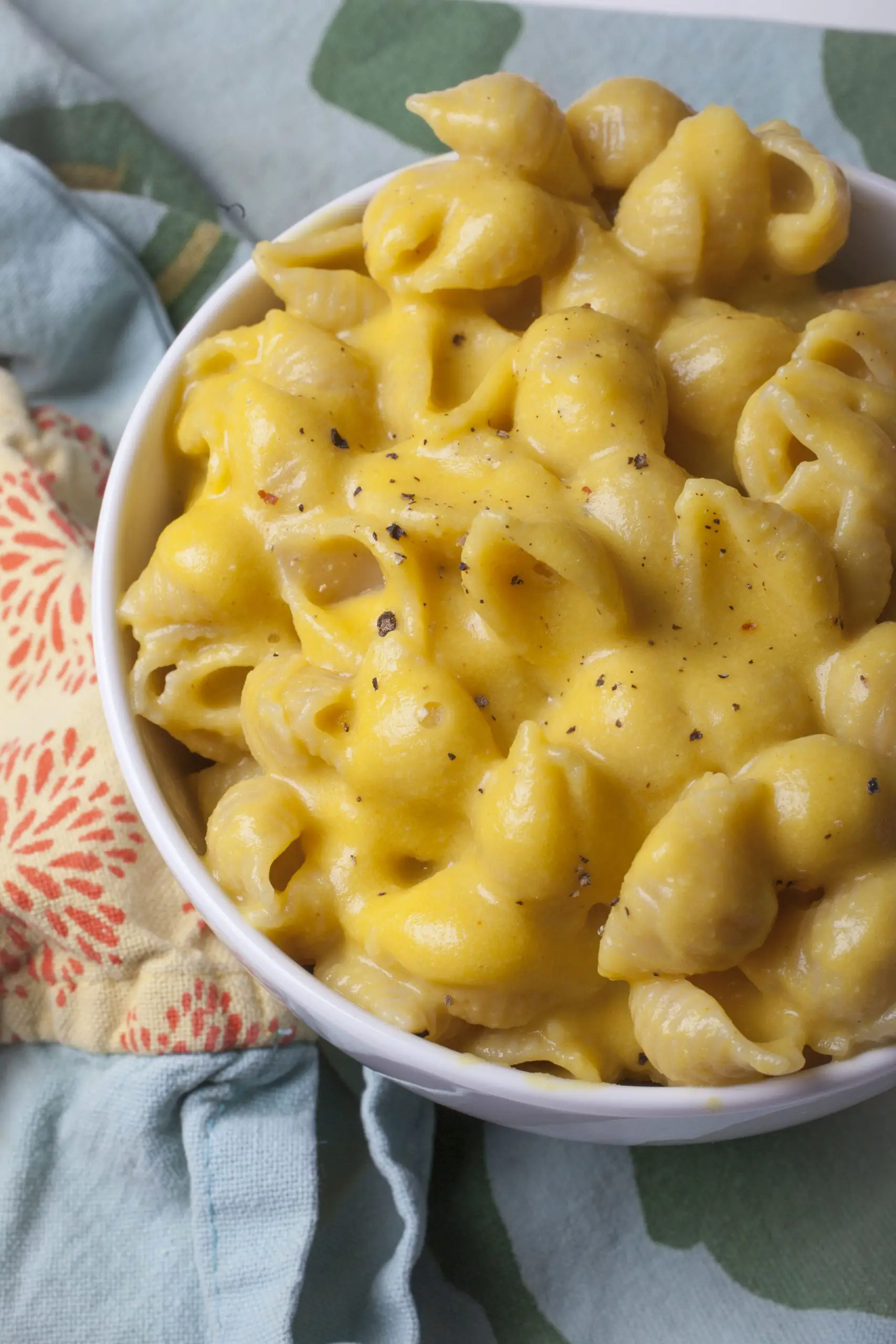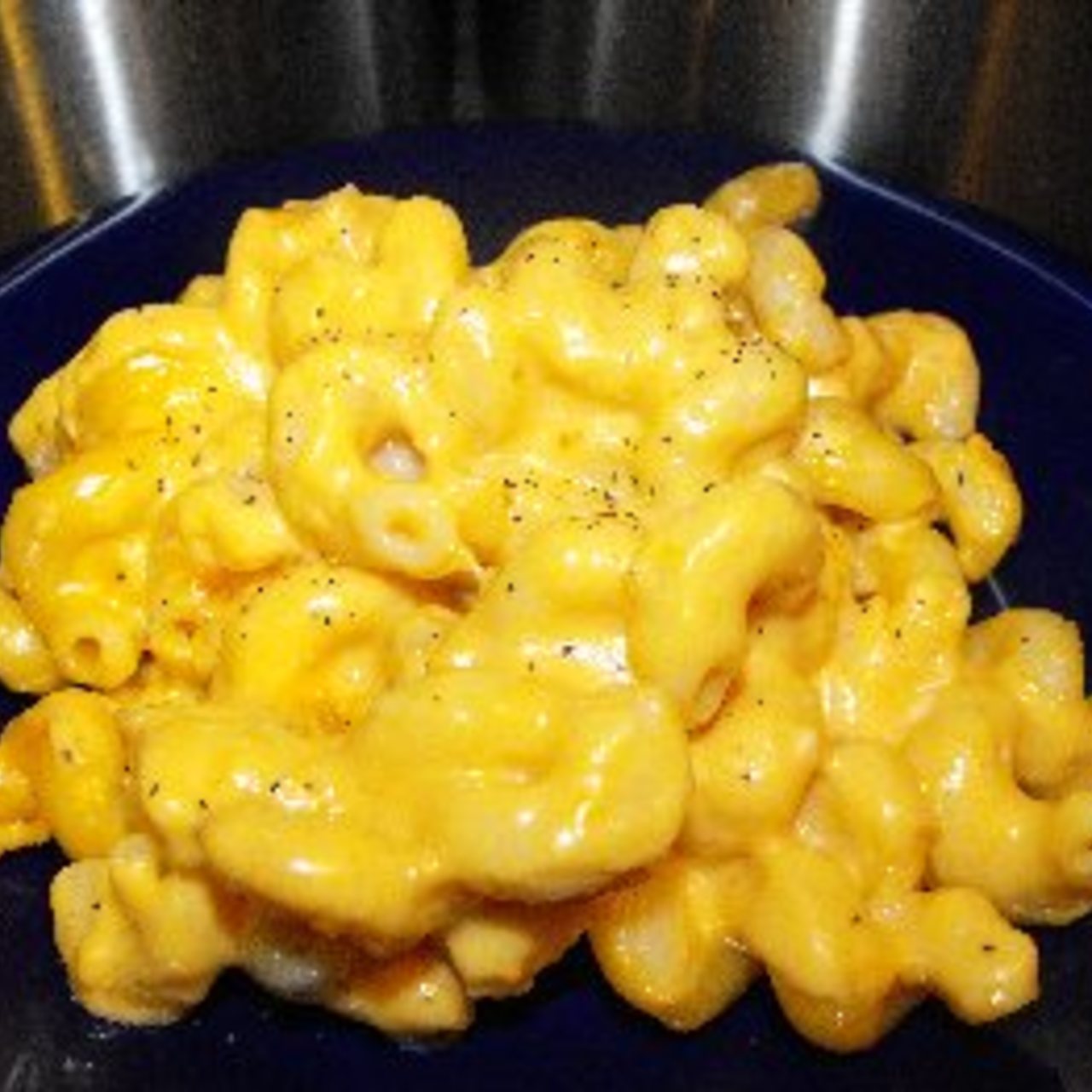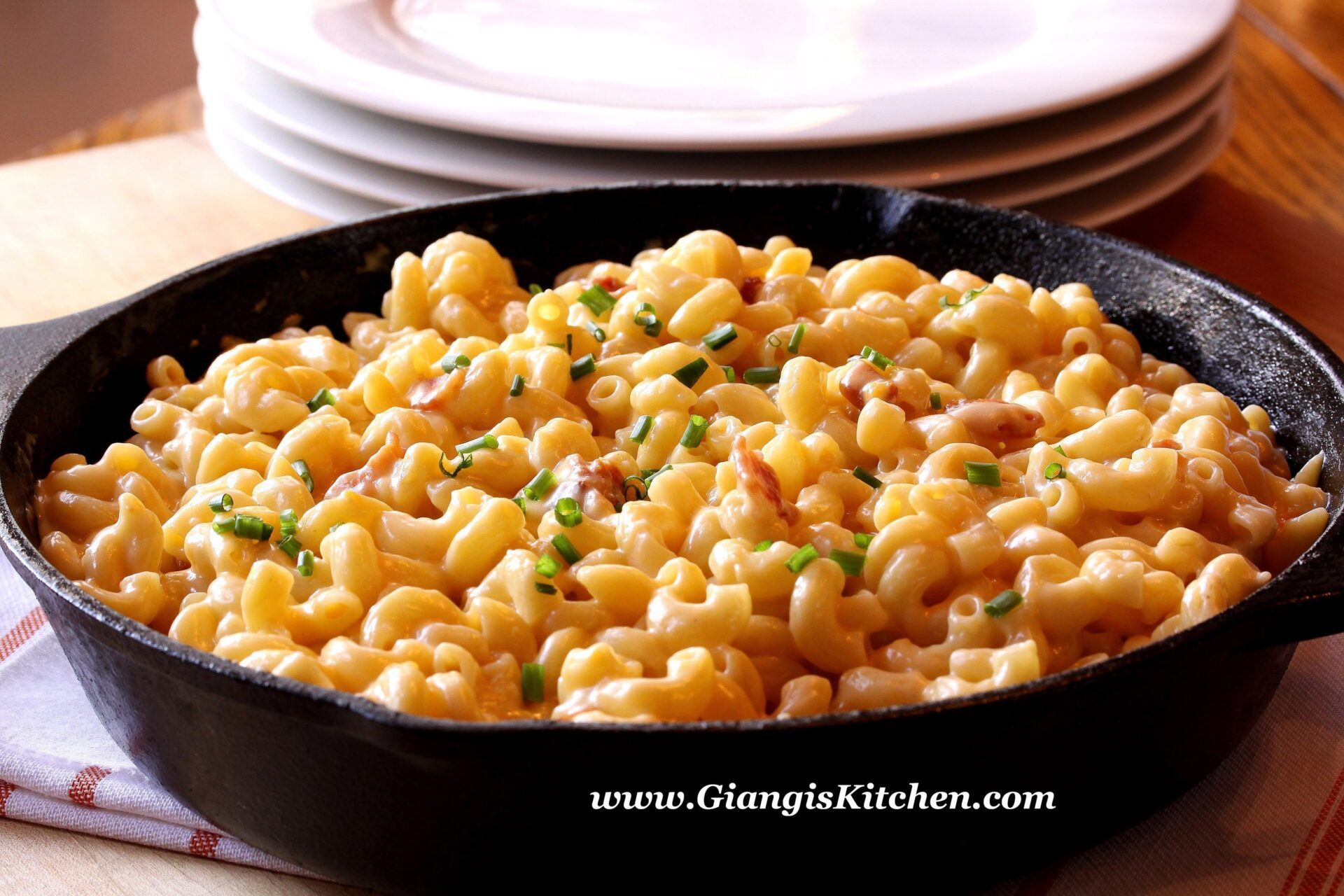
It has little in common with anything I've made so far, but ticks a fair few boxes in the iSpy book of Victorian cooking cliches by instructing me to cook the macaroni, in a pan of milk and water, for 1½ to 1¾ hours, until "quite tender". It makes sense then, to turn to my trusty Mrs Beeton for a recipe, and she doesn't disappoint, with directions for macaroni "as usually served with the cheese course", as well as as distinctly less pleasant sounding sweet milk pudding made with the stuff. It's all very refined, down to the parmesan topping, but I miss the velvety texture of the plain white sauce, and find the onion too bullyingly dominant: macaroni cheese should be something one could happily eat in bed, should opportunity call, and alliums and pillows should never mix. Bolder still, they suggest chucking in some sliced onion or leeks, softened in a little butter, along with a small bunch of chopped chives along with the sauce and pasta. This means infusing the milk with a bay leaf and black pepper before making the white sauce, and then adding a mature Lancashire cheese, as well as a slug of double cream.

The other is, that because "almost all the joy of eating Macaroni Cheese comes from its creamy sauce", it's worth "going to town" on the seasoning and an "assertively flavoured" cheese. A few pointers, they insist, "will help to make this familiar yet sometimes disappointing dish into superior comfort food."

Photograph: Felicity CloakeĪfter pointing out that there's "very little to get wrong here", Simon Hopkinson and Lindsey Bareham deliver a googly in The Prawn Cocktail Years by calling for penne, rather than macaroni "because the cheese sauce is better able to flow inside this larger-sized pasta". I plan to follow her recipe again, but I would cut back on the nutmeg and top the finished product with fresh herbs to help balance out all of the creamy, gooey cheese.Ĭlick to check out the other celebrity-chef recipes we've put head-to-head so far.Simon Hopkinson and Lindsey Bareham recipe macaroni cheese. Plus, the dish was really cheap to make and its bubbly, gooey topping is hard to beat. Overall, following Ray's recipe resulted in some delicious macaroni and cheese, and I loved that it was so simple. His dish inspired me to start topping my own macaroni and cheese with Goldfish crackers, but I won't be trying to follow his vague roux recipe ever again.
#BEST MACARONI AND CHEESE CRACKER#
The macaroni and cheese I made using Irvine's recipe was very cheesy, and the cracker topping really elevated the whole dish for me. It also took the longest to make and required the most ingredients, so I probably wouldn't make it again. The dish I made with Fieri's recipe was very rich and creamy, but the heavy cream dominated the dish, drowning out the flavors of garlic, shallot, and the most important ingredient: cheese. Rachael Ray's recipe was just so simple to follow. I cooked everything in the oven for another 30 minutes. Then, I finished off the macaroni and cheeses with a topping that consisted of melted butter, panko breadcrumbs, parsley, and bacon. I cooked the sauce and pasta simultaneously, although it took a while to reduce the sauce since it had so much heavy cream.Īfter the penne was done cooking, I mixed it with my cheese sauce and then split the mixture into two separate baking dishes. I wish I could've just caramelized everything on the stovetop, which would've been just as flavorful and a lot easier. Truthfully, roasting the shallots and garlic seemed like a waste of 25 minutes and it made it especially hard to chop them. Next, I had to roast shallots and garlic, chop them, sauté them in bacon fat (I used butter), and then use it to make a roux (a floury mixture that helps thicken sauces).

I later divided the recipe into two versions - one with real bacon and one with a plant-based option. I don't eat meat, so I had my partner cook it.

For starters, the recipe calls for dicing and cooking bacon.


 0 kommentar(er)
0 kommentar(er)
